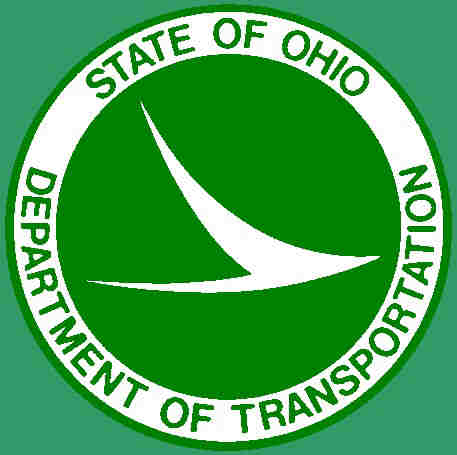-
Why are the permitted lane closure (PLC) times occasionally referred to as maps?
Initially, districts submitted maps showing roadway sections which could not be closed during particular hours. In the future, interactive online maps may be added for each county to show which routes are subject to the Permitted Lane Closure policy. ODOT’s Traffic Engineering Manual refers to the system as the Permitted Lane Closure Schedule.
-
How are the statewide hourly percentages calculated?
-
What are the differences between the calculation methods A, B, C, and D?
The District Work Zone Traffic Managers have several traffic volume count methods they can choose from to determine how lane closure times can be calculated.
The calculation methods and differences, ranked in order of priority are:
- Method A – ATR – actual hourly volumes for section: the ATR is located within the section
- Method B – ATR – hourly percentages applied to factored AADT: the ATR is upstream or downstream of the section on the same route
- Method C – ATR – hourly percentages from a close ATR applied to factored AADT: the ATR is on a different route or in a different county
- Method D – AADT – hourly percentages from statewide distribution applied to factored AADT
-
How often are traffic counts taken?
Traffic counts are usually collected every three (3) years. A roadway could potentially have three (3) or four (4) years with the same permitted lane closure times. At times a count may have been taken but not yet published before the annual update to the PLC map/schedule occurs.
-
How does this compare with the PLC times using an ATR?
The ATRs are constantly recording traffic data. When using ATR data, the permitted lane closure times should be closer to the actual current field conditions. However, if any data is missing from an ATR recording during February, May or August of the year in question the PLC map/schedule system will either default to the prior year of recording data or the segment need to be directed to utilize a different calculation method (B, C or D) in the case of no complete ATR data within the prior two years from time of calculation.
-
Are truck percentages calculated from the ATRs by season, by day, or by year?
All truck percentages will be by year using the average from the roadway inventory. This percentage will be used from ATR or AADT calculation methods.
-
Why do the closures differ on the multiple-section chart compared to the single-section chart?
The multiple-section chart summarizes information for all sections within a district, county, or route.
The single-section chart shows all information on a single section, including hourly traffic volumes.
The multi-section chart makes an assumption for allowable work hours. If the section has one (1) hour where the lane is permitted to be closed between hours where it is not permitted, the program will not count the available hour. If the section has two (2) hours available, the program will count the available hours.
-
Where did the reference to holiday work come from?
 Permitted Lane Closure
Permitted Lane Closure
 Permitted Lane Closure
Permitted Lane Closure